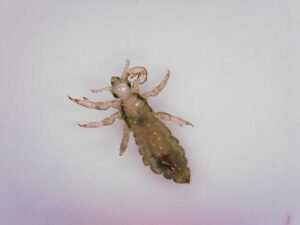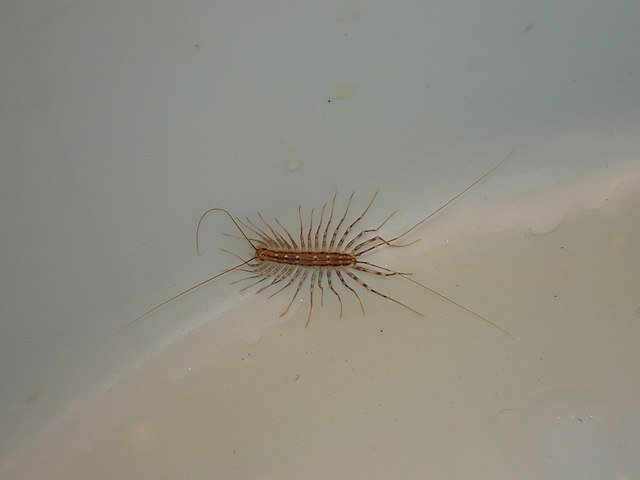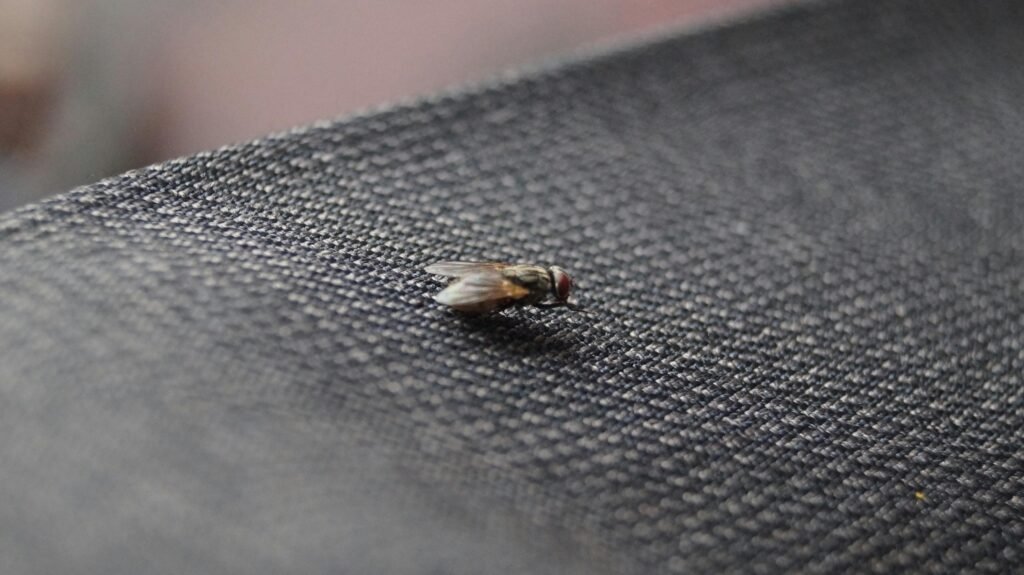Head Lice: Identification, Risks, and Complete Control Guide
 The head lice (Pediculus humanus capitis) is one of the most persistent and widespread human parasites. Unlike pests such as fleas or bed bugs, head lice are strictly adapted to humans, living and feeding only on the scalp. While they do not spread dangerous diseases, they cause significant discomfort, itching, social stigma, and economic burden due to missed school or work days.
The head lice (Pediculus humanus capitis) is one of the most persistent and widespread human parasites. Unlike pests such as fleas or bed bugs, head lice are strictly adapted to humans, living and feeding only on the scalp. While they do not spread dangerous diseases, they cause significant discomfort, itching, social stigma, and economic burden due to missed school or work days.
Head lice infestations (commonly called pediculosis capitis) are most common among school-aged children but can affect people of all ages. They spread through close personal contact or shared belongings such as combs, hats, or pillows. Understanding the biology, ecology, and control of head lice is essential for effective management and prevention.
Identification
Recognizing head lice early is critical for preventing large-scale infestations.
Size & Appearance: Adult head lice are 2–3 mm long, grayish-white or tan, and wingless. They resemble tiny sesame seeds.
Eggs (Nits): Oval, yellowish-white eggs attached firmly to hair shafts near the scalp. Unlike dandruff, they cannot be easily brushed away.
Nymphs: Immature lice that resemble smaller adults. They mature in about 7–10 days.
Location: Found mostly behind the ears and near the nape of the neck where the scalp is warm.
They should not be confused with body lice (Pediculus humanus corporis) or pubic lice (Pthirus pubis), which infest different body regions.
Biology and Ecology
Head lice have a simple but effective life cycle:
Egg Stage: Each female lays 6–10 eggs per day, attaching them to hair with a glue-like substance.
Nymph Stage: Nymphs hatch after 7–9 days and pass through three molts.
Adult Stage: Adults live about 30 days on the scalp and must feed on blood several times daily.
They cannot survive for more than 24–48 hours off the human scalp, making transmission almost exclusively from head-to-head contact. Unlike mosquitoes or ticks, lice are not vectors of infectious diseases.
Environmental factors such as temperature and humidity affect survival. Warm, humid conditions favor hatching and reproduction.
Global Distribution
Head lice infestations are truly global, affecting all regions regardless of climate, economic status, or culture.
Highest Prevalence: School-aged children (ages 3–11) and their families.
Industrialized Countries: Cases peak during school seasons when children gather in groups.
Developing Countries: High infestation rates are linked to crowded living conditions and limited access to treatment.
Myth Debunked: Cleanliness or hygiene does not prevent lice. Infestation occurs equally in clean and dirty hair.
Risks and Damage
Although head lice do not transmit deadly pathogens, they pose several health and social problems:
Intense Itching: Caused by allergic reactions to louse saliva.
Secondary Infections: Scratching can break the skin, allowing bacteria to enter and cause impetigo or cellulitis.
Sleep Disturbance: Itching is often worse at night, leading to restlessness.
Stigma: Infestations are wrongly associated with poor hygiene, leading to embarrassment, bullying, or social isolation.
Economic Costs: Parents often miss work to treat their children, and schools face administrative burdens managing outbreaks.
Signs of Infestation
Early detection improves treatment outcomes. Common signs include:
Persistent scalp itching and scratching.
Red bumps or sores caused by scratching.
Visible crawling lice near the scalp.
White or yellowish nits tightly attached to hair shafts, especially near the nape of the neck.
Irritability and difficulty sleeping in children.
Regular checks in families and classrooms are the most effective way to identify infestations early.
Control Methods
1. Mechanical Control
Wet Combing: Using a fine-toothed nit comb on wet, conditioned hair is highly effective if repeated every 3–4 days for 2 weeks.
Manual Removal: Time-consuming but essential in breaking the life cycle.
2. Chemical Treatments
Permethrin (1%): Widely used but resistance is increasing in many countries.
Pyrethrins with piperonyl butoxide: Effective but less so where resistance exists.
Malathion (0.5%): Prescription-only, useful against resistant lice.
Dimethicone & Mineral Oils: Suffocate lice without traditional insecticides, safe for children.
3. Environmental Cleaning
Wash bedding, hats, and clothes in hot water (≥55°C) and dry on high heat.
Seal unwashable items (stuffed animals, pillows) in plastic bags for 2 weeks.
Vacuum floors and furniture where lice may have fallen.
Advanced Approaches
Oral Medications: Ivermectin (oral or topical) is effective against resistant infestations.
Heat Treatment Devices: Controlled hot air can kill lice and eggs but must be used professionally.
Natural Remedies: Essential oils (tea tree oil, eucalyptus) show mixed results and can cause allergies.
Resistance Management: Rotating treatments and combining methods helps avoid resistance buildup.
Integrated strategies combining mechanical, chemical, and environmental measures work best.Cultural and Historical Context
Head lice have infested humans for thousands of years. Archaeological evidence shows nits on ancient mummies from Egypt and South America.
In medieval Europe, lice were so common that delousing was a daily social ritual.
Soldiers in wars, from Napoleon’s army to World War I, frequently battled lice infestations.
In modern culture, head lice remain a common topic in schools and media, symbolizing both nuisance and resilience.
Unlike pests such as cockroaches or rats, lice infestations are not linked to filth but to simple human closeness.
FAQ
Q1: Can head lice fly or jump?
No. They are wingless and move only by crawling.
Q2: How long do head lice live?
Up to 30 days on the scalp. They die within 48 hours without a host.
Q3: Are head lice dangerous?
They do not spread deadly diseases but cause itching, infections, and stress.
Q4: Can pets spread head lice?
No. Lice are species-specific and only infest humans.
Q5: Why do some treatments fail?
Resistance, incorrect application, or failure to remove all eggs often leads to reinfestation.
Q6: How can schools manage lice outbreaks?
Regular head checks, parent education, and avoiding unnecessary school exclusions are recommended.
Head lice (Pediculus humanus capitis) remain one of the most common human parasites worldwide. While they do not spread deadly diseases like ticks or mosquitoes, they cause significant discomfort, school absences, and family stress. Effective management requires patience and a combination of strategies: mechanical removal (wet combing), appropriate use of chemical or non-chemical treatments, and environmental cleaning.
It is important to remember that lice infestations are not a reflection of personal hygiene. Anyone can get head lice, regardless of how often they bathe or wash their hair. Stigma remains one of the biggest challenges for families, sometimes more damaging than the infestation itself. By spreading accurate information and applying proven control methods, we can reduce both the burden and the unnecessary stress that head lice cause.
Disclaimer
This article is for informational purposes only. Pest control laws and approved chemicals vary by country. For best results and legal safety, we strongly recommend contacting a licensed pest control professional in your local area. Always make sure that the pest control technician is properly certified or licensed, depending on your country’s regulations. It’s important to confirm that they only use approved products and apply them exactly as instructed on the product label. In most places in Europe, UK, or USA, following label directions is not just best practice—it’s the law.
Author Bio
Nasos Iliopoulos
BSc Agronomist & Certified Pest Control Expert
Scientific Director – Advance Services (Athens, Greece)
Licensed Pest Control Business – Ministry of Rural Development & Food (GR)
References
NHS - Head lice and nits
Wikipedia - Head louse


